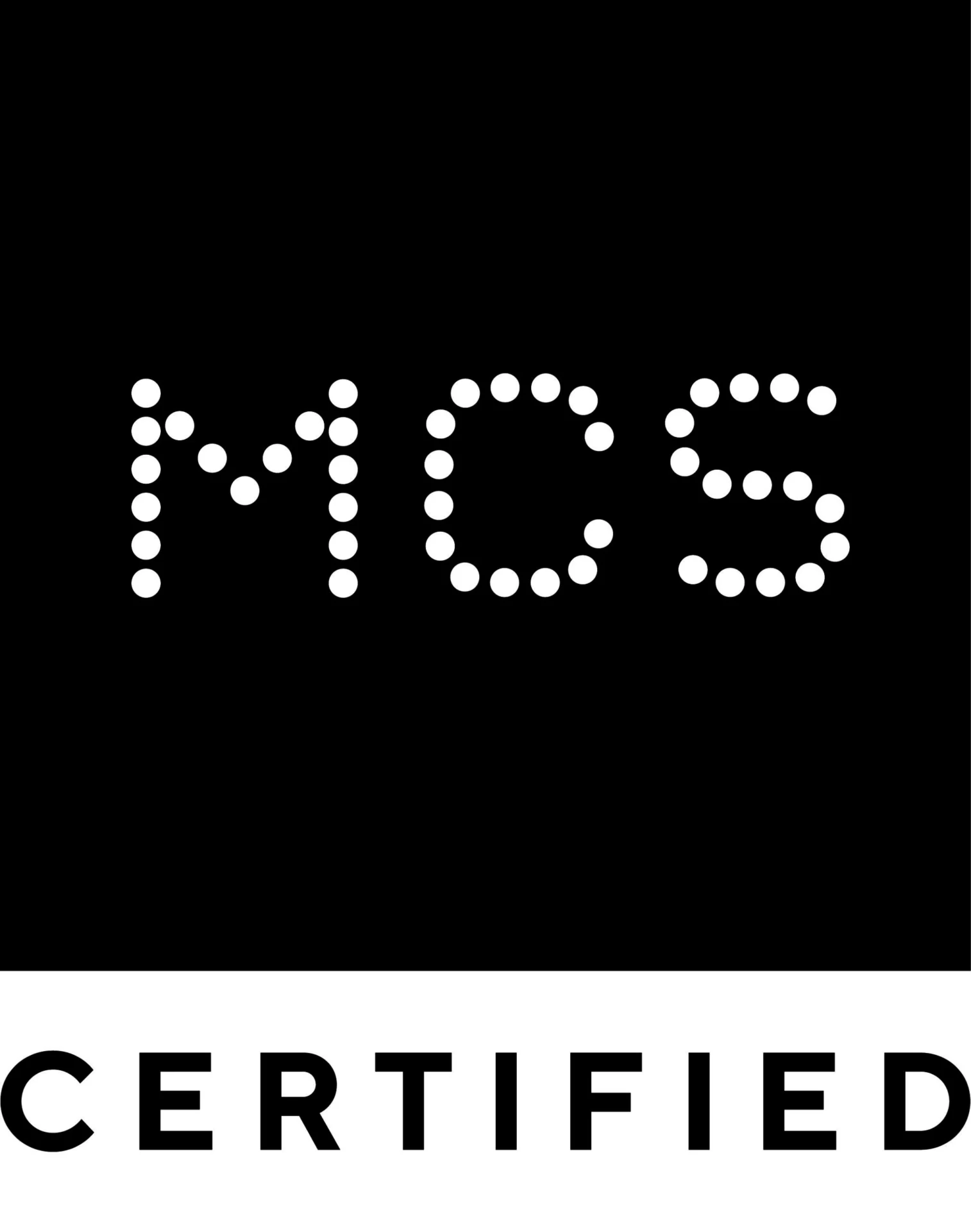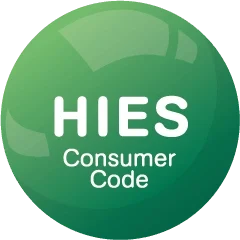Solar Panel Inverters
Learn how the best solar panel inverters can transform your solar system with the UK’s Most Trusted Solar Company

Voted Best Solar Installer 2023
We are proud to have been voted Independent Advisors Best Solar Installer in 2023.
Different Types Of Solar Panel Inverters
Every solar PV inverter is responsible for converting Direct Current (DC) produced by solar panels to Alternating Current (AC) used by our appliances in UK homes.
Knowing how solar panel inverters work is much easier when you understand the different inverters available.
Solar String Inverters
Solar string inverters utilise slightly older (but still incredibly effective) technology to convert DC to AC. The solar panels, rather than having an individual inverter each, are connected to one central inverter by a ‘string’ connecting each panel to the next in the system, before reaching the inverter.
There can be multiple strings in the system. Once all the strings reach the main solar inverter, it changes the current from DC to AC and then sends it to your home to be used by your appliances.
Solar Power Inverter Optimisers
Power optimisers aren’t necessarily inverters in their own right, but rather they work to optimise inverters to ensure they squeeze every bit of energy out of them that they can. They’re also located at the back of each solar panel like micro inverters, but actually are most compatible with string inverters.
When you use a solar power inverter optimiser, it’ll be able to tell you the individual performance of each solar panel in the ‘string’, helping highlight any issues quickly, and ensuring your system can get back to working effectively in no time at all.
How Much Can I Save With Solar Panels?
Still looking to install a full solar panel system including a solar inverter at your home?
Let’s look at the savings you could make each year:
- Detached
- Semi-detached
- Mid Terrace House
- Mid-floor Flat

Our Solar Bundles
Our solar bundles are all created to make sure you get the most out of the solar panels for your home. Look below to see how our solar bundles with solar panel inverters can help you:
Solar Panels & Battery
Buy solar panels & Sunsynk battery bundles & save 70% on energy bills
Air source Heat pump, fitted in 4 days. Saves 60% on energy bills
from £70/pm

Battery Storage
Maximise your solar usage and sell the excess energy produced
Air source Heat pump, fitted in 4 days. Saves 60% on energy bills
from £50/pm
It's time to save. Let us reduce your energy bills the effective way
Why Choose Effective Home
Still unsure if Effective is right for you? Let us share why we’re one of the largest, most trusted solar installation companies in the UK:
EPVS Approved
As a certified member of the Energy Performance Validation Scheme (EPVS) you can be confident that all quotes and estimates provided are accurate and fair, as they’re all independently verified by the scheme.
Experienced Team
With over 15 years of experience, there’s very few situations we haven’t come across over the years. Our experience and expertise in solar installations are second to none.
UK’s Most Trusted Installers
Being such a big name in the solar installation space has its benefits, but it also means we hold ourselves to the highest standards in order to meet our customers’ already-high expectations.
We Handle The Whole Process
We don’t outsource a single part of the process. That means no impersonal call centres, no outsourced installation companies, and no passing the book. When you work with us, we’re accountable at each stage.
Quality Solar Systems
All of our solar PV systems with inverters are top-quality and they’re all bespoke to each customer to ensure they meet your exact energy needs.
Local Installers
We’re local installers which means we’re local problem solvers. If you have an issue with your inverter or any other part of your solar panel system, we’ll be on hand to help.
Solar Panel Inverter Price
Installing solar panel inverters with us couldn’t be simpler, and if you’re installing a complete solar system with us then the solar panel inverter cost will be included in it as standard. Work with us and see an average:
70% savings on energy bills
Fitting time of 5 days
10 year warranty as standard
What Our Customers Say
Don’t just take our word for it. See what our satisfied customers have to say about their solar journey with Effective Home.
Trusted and Accredited










Solar Inverter FAQs
How do solar inverters work?
UK homes are powered by AC output. Your appliances all rely on alternating current to operate. Solar panels, however, only produce DC output. That’s where your solar inverters come in.
It’s their job in a system to transform the direct current output from your solar panels into AC output for your home. To help you understand their role more, here’s a simplified demonstration of how your solar system works:
- Solar energy is collected by your solar panels and absorbed by the PV cells
- The solar energy then creates an electrical charge within the solar panel which is DC output
- The direct current is then sent to an inverter (either a centralised one for the entire system or an individual one on the back of your solar panels)
- At the inverter, DC output is transformed into AC output
- This AC output is then sent to your main fuse box
- From there, the usable electricity is sent to your appliances to power your home
What type of inverter is best for solar panels?
It’s difficult to say exactly which type of solar panel inverter is best for your particular solar panel system because we’re not sure what that looks like right now (but if you work with us we’ll soon have a plan put together that will ensure your new solar panels really work for you).
A string inverter can be great for those looking to centralise the inverter process so if any issues with your inverter arise, you know exactly where to look. If your panels aren’t affected by shade at all, then string inverters can often be a cheaper way of keeping your system running effectively.
Which of the solar panel inverters is best for you will depend on your circumstances. Work with one of our solar experts to help you determine which inverter is best for your system today.
What size inverter do I need?
Working out which solar panel inverter size is right for you is an incredibly simple process. If you have a 5kW solar panel system, then you’ll need a 5kW solar inverter to process the solar panels’ DC output effectively.
Whatever your solar panel system size, you’ll need an inverter to match it. That also means if you ever want to increase the size of your solar panel system, then you’ll need to replace your inverter to match, too.
Can solar panels work without inverters?
No. Unlike solar batteries which are an optional extra to a solar panel system, an inverter is one of the, if not the, most integral part of the system. Without a solar inverter, your system wouldn’t be able to create usable energy for your home. You would be stuck with unusable DC output from your solar panels without your inverter.
That’s why all of our solar panel system prices include the price of your solar inverters, too, so you know you’re getting a complete system when you shop with Effective.
How long do solar inverters last?
Often the lifespan of any part of your solar system can be affected by how well looked after it has been throughout its life. If you’re somebody who sticks to regular maintenance of your system (typically once a year is all that’s necessary), then your solar inverters will last longer than others who don’t keep up with regular solar panel maintenance.
With the proper care and maintenance you can expect your:
- string inverter to last for 10-15 years
- micro inverter to last for 20-25 years
Proper maintenance will ensure that the integral parts of your solar inverters are cared for each year and help extend its life.
Do you need solar batteries with solar inverters?
Solar batteries are an optional extra to any solar panel system. That means you don’t need one. However, if you want to squeeze every drop of usable energy out of your solar panels then a solar battery is a brilliant idea.
Solar batteries actually store electricity as DC output, meaning if your solar panels are producing more electricity than you can use, then the electricity can be diverted to the solar battery instead, where it can be stored for later use when your solar panels aren’t producing as much as they might otherwise, such as during the night, on more overcast days or during winter when daylight hours are shorter.
This DC energy is then sent to the inverter from the battery as normal, following the same process as if the DC output was coming directly from the solar panels themselves. Here, it will be transformed to AC output as normal, and then sent to your main fuse box to be used in your home.
Where will my new solar inverter be located?
String inverters, however, are slightly more complicated to place because as the central inverter for your entire system it’ll be larger than micro inverters. In addition, there are different options for a string inverter’s location based on the requirements of the specific inverter used and the recommendations of the solar installer based on where it is likely to work best for your system.
Solar string inverters can be installed indoors or outdoors but it will require a few different factors to be considered to determine which location is best, such as:
- Access – it needs to be reachable with ease for maintenance and repairs as required
- Breathable – have at least half a foot of space in all directions (above, below, and to either side) to keep your inverter well ventilated
- Dry – keeping your inverter dry is key, if indoors this is less of an issue, if outdoors it needs to be housed inside a unit to keep it protected from the elements
- Away from direct sunlight – being in direct sunlight can mean the inverter overheats, so keeping it in shade if outdoors is important
- Convenience – if indoors, it needs to be placed somewhere convenient for the homeowner and also close to the main fuse box for easy connection
When you work with Effective Home, our solar experts can guide you through the best location for your solar panel inverter to get the most of your solar system.
Can you fit a new solar inverter to an existing system?
Absolutely! Whether it’s a simple upgrade you’re looking for to improve the efficiency and tech of your solar inverter, or if it’s a replacement you need because your current inverter is coming to the end of its useful life, then you can install a new solar panel inverter with your existing system if necessary.
